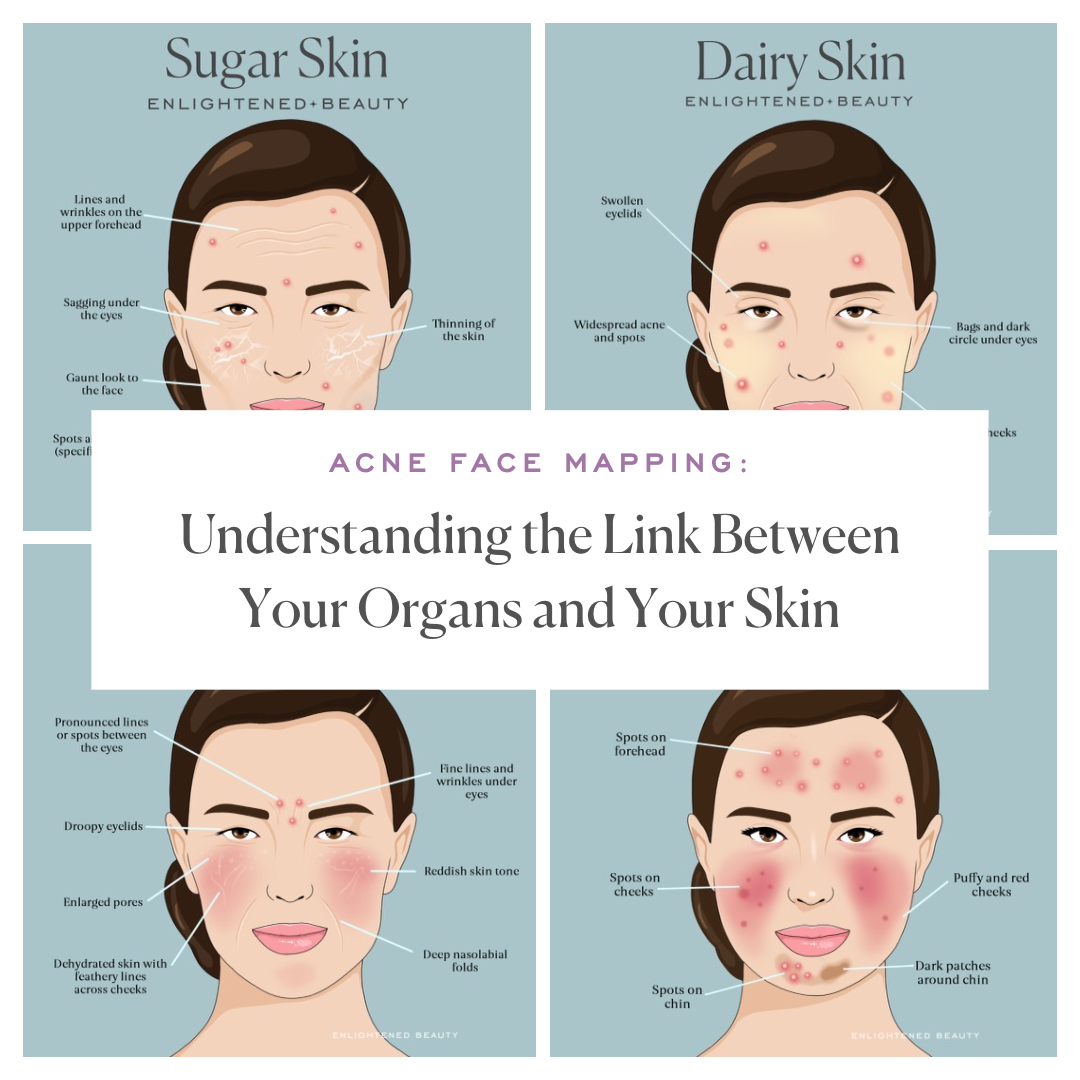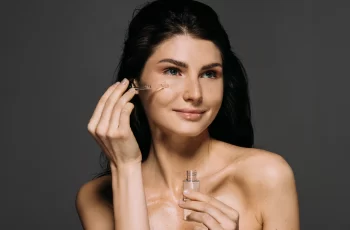
Can I use salicylic acid after microdermabrasion?
If you’ve ever had microdermabrasion, you know the benefits it can have on your skin and the improvement in overall look and feel. With such a highly effective treatment, the question remains whether we can use our normal skin care routine after microdermabrasion. Does salicylic acid improve or worsen skin tone? Are there any big contraindications when these powerful powerhouses are used together? That’s exactly what we want to explore in today’s blog post, so stay tuned if you want to learn the details.
Before we get into our review, I want to explain what microdermabrasion is and how it works on the skin. If you already know how this treatment benefits the skin, you can move on to the next section.
What is microdermabrasion?
Microdermabrasion is a cosmetic treatment that utilizes tiny crystals to deeply exfoliate the skin.
The vacuum unit of the machine removes dead skin cells from the upper layers of the skin.
Skin tone is visibly improved, and fine lines and wrinkles are visibly reduced.
Signs of dark spots and hyperpigmentation are reduced, pigmentation appears lighter, and skin looks more even.
Microdermabrasion can be used on the face, neck, hands, chest, and back.
Skin structure is improved and the complexion appears smoother, younger, and more even.
Below are some examples of what microdermabrasion does to the skin and the benefits you can expect. Finding a salon or spa that performs this treatment is an easy task as it is one of the most popular beauty treatments.
How soon after microdermabrasion can I use salicylic acid?
After microdermabrasion, do not use exfoliants on your skin for at least three days. This can be in the form of a physical peel using husk flakes or chemical peels such as salicylic acid and other acids.
Since deep exfoliation exposes brand new skin, the skin can be easily irritated due to increased sensitivity. Therefore, it is recommended to avoid further peeling during the healing phase.
Other skin ingredients to avoid during the healing period include:
Glycolic acid
Retinol
Benzoyl peroxide
Topical acne treatments
After waiting 72 hours, you can reintroduce skincare products containing these ingredients into your routine. Ideally, this should be done in a staggered manner and you start by using only one product that is rich in active ingredients. This way you can keep your skin healthy without over-drying it and irritating it. After using skincare products that contain the above ingredients, use a formula that is moisturizing and rich in active ingredients like hyaluronic acid and niacinamide. Each of these ingredients acts as a humectant, which locks moisture into the skin and retains it, strengthening the skin barrier.
What Should You Not Do After Microdermabrasion?
There are some things you should and shouldn’t do after a microdermabrasion treatment. Here are the most important things to avoid.
Don’t Forget to Hydrate More
Microdermabrasion is one of the most effective and fastest-acting treatments. After treatment, you will notice an immediate improvement in your skin. Many users say they can’t believe how soft their skin becomes after just one treatment. However, this can easily be maintained by applying a generous amount of moisturizer. Be sure to choose a water-based formula that contains hyaluronic acid to keep your skin plump, radiant, and healthy. You’ll also find that all signs of flaky, dry skin areas are reduced, your skin feels comfortable, and your skin barrier is at its healthiest and strongest.
Don’t forget your SPF
For the first 3 days after your appointment, it’s recommended to avoid touching and cleaning your skin, and preferably avoid direct sunlight. After these days, it’s vital to wear a sunscreen of SPF 30 or higher every day. This ensures that the hard work of microdermabrasion is not compromised and that you are completely protected from free radicals such as UV rays, pollution, central heating and other environmental influences.
Don’t Exercise
If you’re looking for a good excuse to skip the gym for a few days, microdermabrasion is the answer. As I mentioned before, your skin sensitivity will increase, so avoid strenuous exercise that causes heavy sweating. This prevents the sweat from reacting to your skin and causing irritation.
Avoid Caffeine
I know the idea of skipping your morning tea or coffee sounds like an absolute nightmare. The problem is that caffeine can seriously dry out your skin, especially after a treatment such as a deep peel. The easiest way to combat this is to remember to consume the same amount of water as you do caffeine.
Here are some examples of the main factors you need to avoid, including the peeling I mentioned in the previous section. If you have questions about your aftercare after microdermabrasion, contact your doctor or a trained professional who performs the procedure for further advice.
Can I use BHAs after microdermabrasion?
No, it is best to avoid any form of BHA after microdermabrasion. The new layer of skin on the surface of your face is highly sensitive and susceptible to long-term damage with any form of peeling. This can cause your skin to become red, irritated, and uncomfortable. You will also find that your natural protective barrier is weakened and lacks the important oils and water it needs to function properly. This can lead to a variety of skin issues and concerns, from redness to signs of premature aging to hyperpigmentation.
How to treat acne after microdermabrasion?
If you start microdermabrasion to treat your acne, you may need to prepare for more breakouts before you reach your skin goals. Many people find that their acne becomes worse after their first treatment, but don’t panic, as it’s all part of the process.
Microdermabrasion exfoliates the skin by stimulating circulation in the skin, removing the buildup of dead skin cells, and clearing out deep impurities in the pores, such as bacteria, debris, excess sebum, and dirt. All of this can lead to what is known as detoxification, where all the “gunpowder” in the skin is drawn to the surface of the skin. Although it may be daunting, it doesn’t last forever, and after a few microdermabrasion sessions, you will have the best skin ever!
How soon after microdermabrasion can I use retinol?
Retinol must be avoided for at least three days after microdermabrasion. Since retinol has a similar effect to a treatment when applied to the face, you may find that it is too much for the skin and you will develop acne, redness, rashes, and other skin issues. Once the skin has healed and calmed down, you can reintroduce retinol into your daily routine with the confidence that you will not damage the skin.
I hope this has answered some of your questions about using salicylic acid after microdermabrasion. Don’t forget to follow us on Instagram if you have any other questions.


